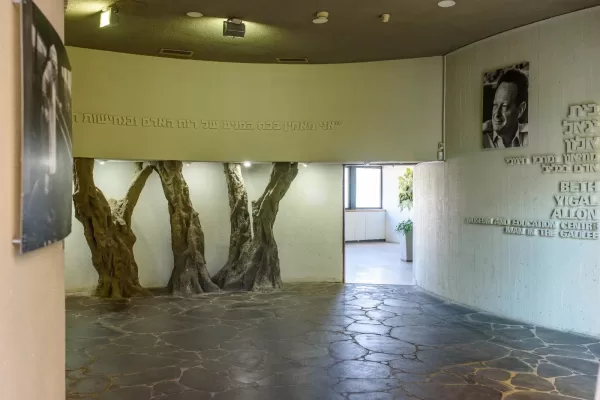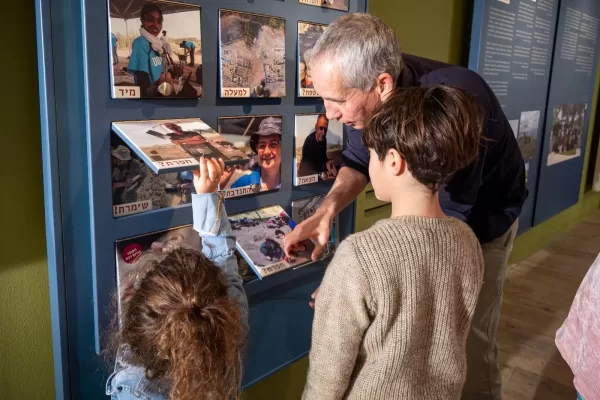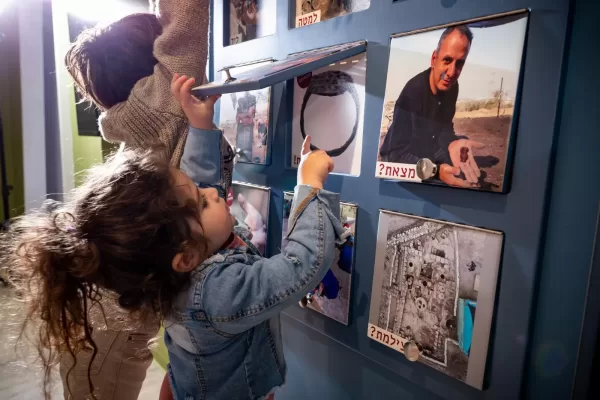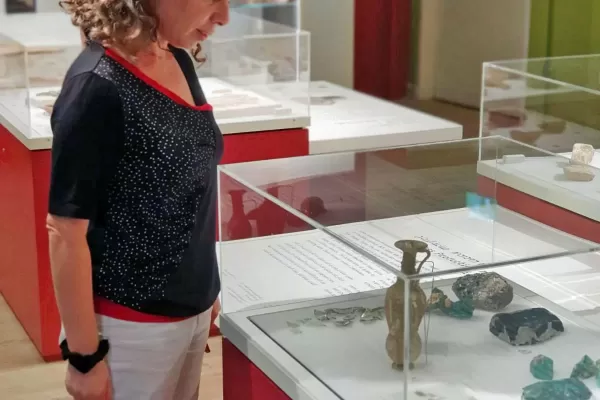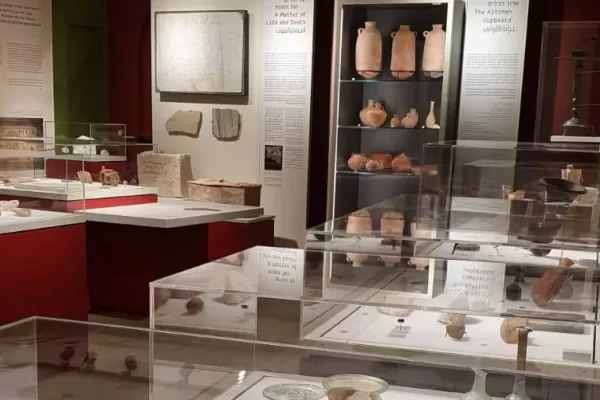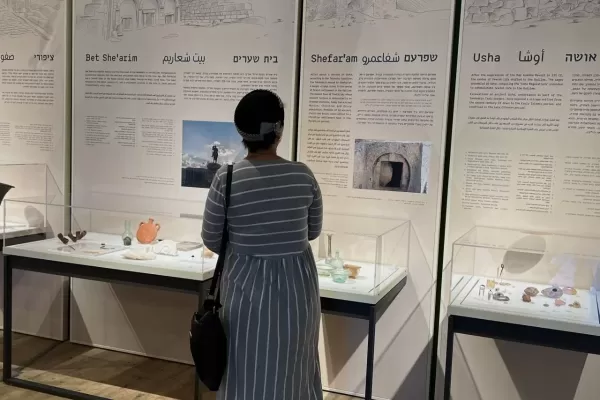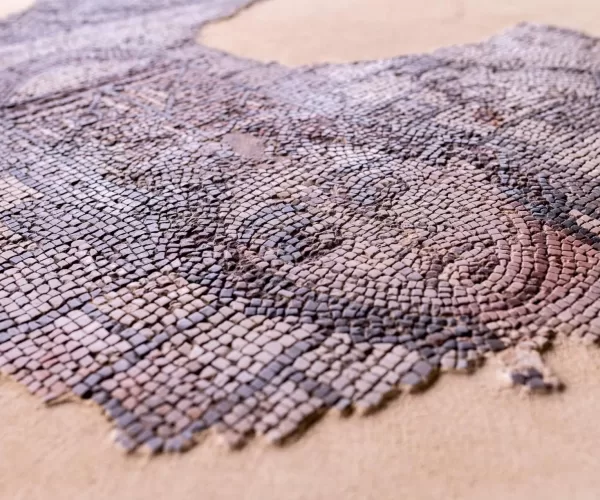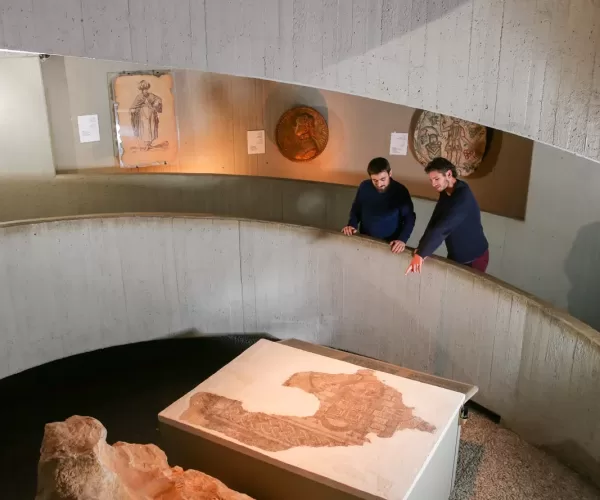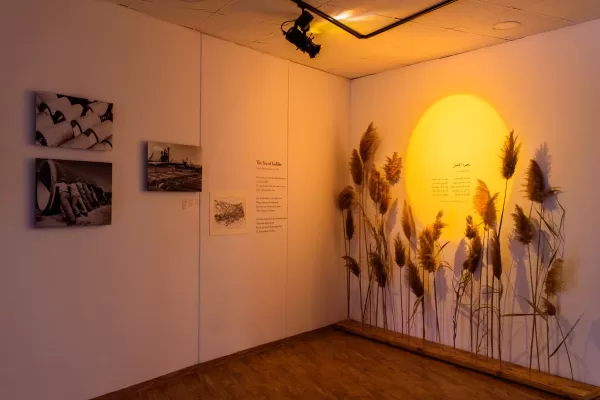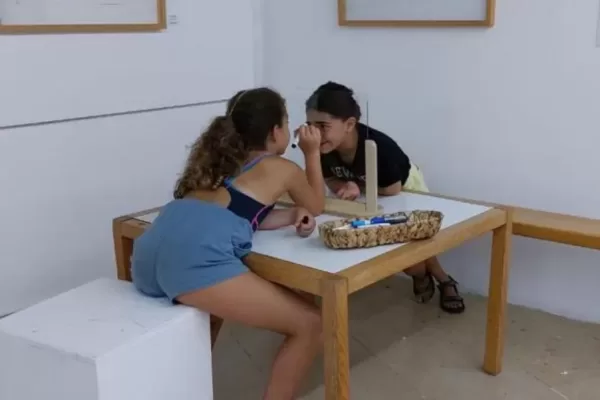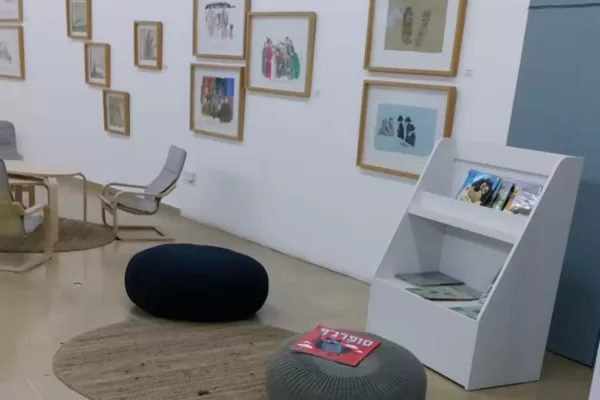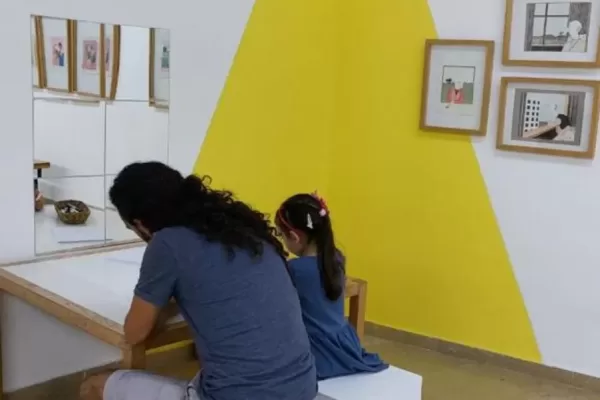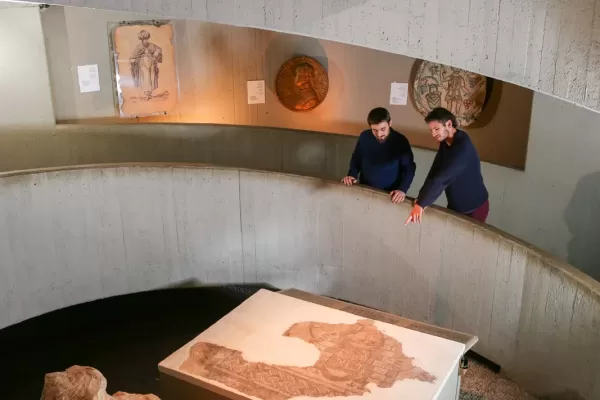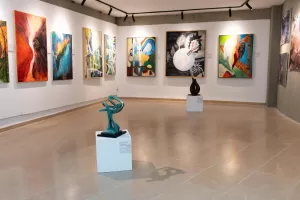Yigal Allon memorial room
A nation that doesn’t respect its past – is destined to have a meager present and an uncertain future.
Yigal Allon
Enter a biographical album of Yigal Allon life. The exhibit depicts in chronological order Allon’s family, childhood in Kefar Tavor, years in Caduri agricultural school, the establishment of Ginosar, military service, years as member of Knesset and government minister. The room also exhibits some personal artefacts from Allon’s life including his desk, diary and personal belongings.
The Sanhedrin trail
The Sanhedrin… exiled from Jerusalem to Yavne… from Yavne to Usha, from Usha to Shefaram, and from Shefraram to Bet Shearim, from Bet Shearim to Sephoris and from Sephoris to Tiberias.” (Babylonian Talmud, Rosh Hashana 31 , 61)
The Sanhedrin Trail is a multicultural value-based educational project for the Galilee heritage, initiated and led by the Israel Antiquities Authority, in collaboration with the 'Landmarks' project at the Ministry of Jerusalem and Heritage and in collaboration with the councils and municipalities in which the trail passes. It is about 120 km long, and it crosses the Galilee from Bet Shearim to Tiberias. The trail is based on the Sanhedrin's heritage and connects its walkers with archeology, history, nature and Galilee landscapes, while emphasizing the common values and deepening the affinity of the entire population to the land and its archaeological sites.
The exhibition was established by the Israel Antiquities Authority at the Yigal Alon Museum, as part of the activity on the trail, thus adding another point of interest adjacent to the trail and upholding Yigal Alon's well-known saying: “A people that doesn’t remember its past – its present is uncertain and its future is unclear.” The Sanhedrin trail exhibition presents about 150 archaeological artifacts from different periods that show the diverse cultures that lived along the trail, illuminating the history of the Jewish community, they tell the story of the 'Sanhedrin Trail'.
The Talmud and Mishna Room
A replica of a Jewish town from the period of the Mishna and the Talmud, fishing activities in the Sea of Galilee and a replica of a mosaic floor from the ancient synagogue in Migdal.
Samson mosaic
Since 2011, excavations have been conducted in Hukok in the Eastern Galilee, during which a monumental synagogue from the late Roman period (5th century CE), with magnificent mosaic floors, was revealed. In the scene before you, the hero Samson is shown carrying the gates of the city of Gaza on his shoulders, as described in the book of Judges 16: 1-3:
1. And Samson went to Gaza, and saw there a harlot, and went in unto her. 2. [And it was told] the Gazites, saying: 'Samson is come hither.' And they compassed him in, and lay in wait for him all night in the gate of the city, and were quiet all the night, saying: 'Let be till morning light, then we will kill him.' 3. And Samson lay till midnight, and arose at midnight, and laid hold of the doors of the gate of the city, and the two posts, and plucked them up, bar and all, and put them upon his shoulders, and carried them up to the top of the mountain that is before Hebron.
At the end of the excavation, the mosaic will be returned to its original location in the synagogue, and the site will be prepared for visitors.
Acknowledgments: Hukok Excavation Mission led by Prof. Judy Magnes of the University of North Carolina at Chapel Hill, USA (www.huqoq.oeg)
The "The Magdala Stone" display
Limestone, decorated with reliefs of symbols and architectural features that simulate the Temple in Jerusalem, it served for the reading the Torah. In the front of the stone is the oldest depiction of the temple lamp, found in a synagogue.
Originally, the stone was placed in the center of the synagogue in the Jewish settlement of Migdal, on the shores of the Sea of Galilee, in the first century CE, in the days when the Temple existed.
The stone was first displayed in The Israel Museum and then in the closest possible proximity to its original site.
The water level of the kinneret
For 19,000 years, the Sea of Galilee has been a source of water and natural food for humans from diverse cultures, who have used the waters of the Sea of Galilee and the fishing space in a limited and local way. In 1933, the “Degania Dam” was inaugurated, initially as part of a hydroelectric power station system and later as part of the national water system. The construction of the dam is the first human- intervention on the Sea of Galilee that changed its fate forever. The exhibition invites the visitor to experience the two faces of the Sea of Galilee – the natural and the artificial. The first part of the exhibition, invites the visitor to experience the poetic, natural side of the Sea of Galilee. Poetry and emotion lead. The sound of the reeds and the waves whispering. In the midst of all this, man begins to act. A new sound is added to nature’s music, the echoes of construction of the national water carrier. The rest of the exhibition is a timeline, in which major events are intertwined with the set of forces and interests that have shaped water policy in Israel over the past 100 years. A policy that outlines the complex and delicate relationship between man and nature, between the Sea of Galilee and Israel, between the poetic and the political.
Yiftach Allon Illustraions
"The technique I use is natural for me. There is no explanation for why the line is one way and not another. What I can say about an illustration I drew is not much more than: this is how it came to me."
Yiftach Allon, 1980
The exhibition presents original illustrations by Yiftach Allon, most of which he illustrated for children’s books. In addition, sketches for the various illustrations are presented. The collection was donated by the family to the Yigal Allon Center. In the exhibition, you can see how through a creative dialogue between illustration and a text, Allon Succeeds in creating a small world of his own. Through figurative and symbolic elements his illustrations create an imaginary world, rich and full of surprises.
Founders' Wall
The decision to establish a center to commemorate Yigal Allon in Kibbutz Genosar was made shortly after his death. The people who led this initiation and decided on the content of the center and its sphere of activity were, among others, Yigal's close friends, members of the kibbutz, residents of the Galilee, educators and people who had faith in the value of his legacy. Muki Tzor wrote the center's constituting document, envisioning the Galilee, with its unique human landscape, will invite visitors to take an active part in the museum experience as they grapple with the dilemmas facing the people of Galilee over generations and cultures. This innovative idea posed the museum as fertile ground for educational activities in which viewers are encouraged to act, think, listen and glean insights. Kibbutz Genosar allocated the lot between the Palmach Forest and the shore. A part of the Kinneret had to be drained. Architect Hanan Habaronmuseum planned the center, including a local library, classrooms, a commemoration area and a conference hall. The museum was added at a later stage. The center is built from local basalt and raw concrete and echoes the walls of the old city of Tiberias. The building holding the Ancient Boat was added later on. The center was inaugurated on February 29, 1987, on the fourth anniversary of Yigal Allon's death.
The Scenic Viewpoint
As part of the center's detailed plan, considering Yigal Allon's great love of the place, the viewpoint was designed to show the Kinneret and surrounding mountains in all their glory.
The concrete work by the late artist Roda Reilinger from 1895 enhances the natural beauty surrounding the museum.




